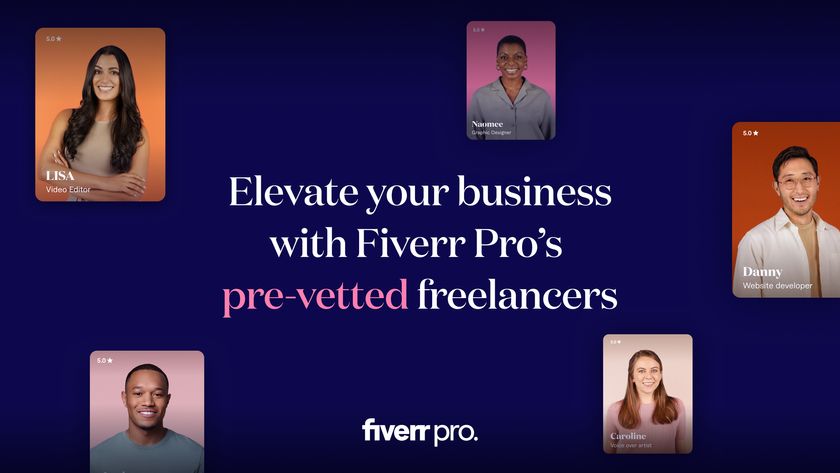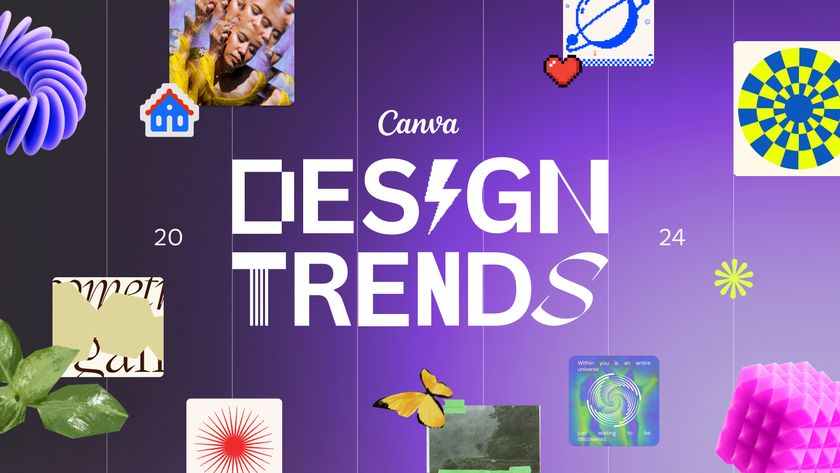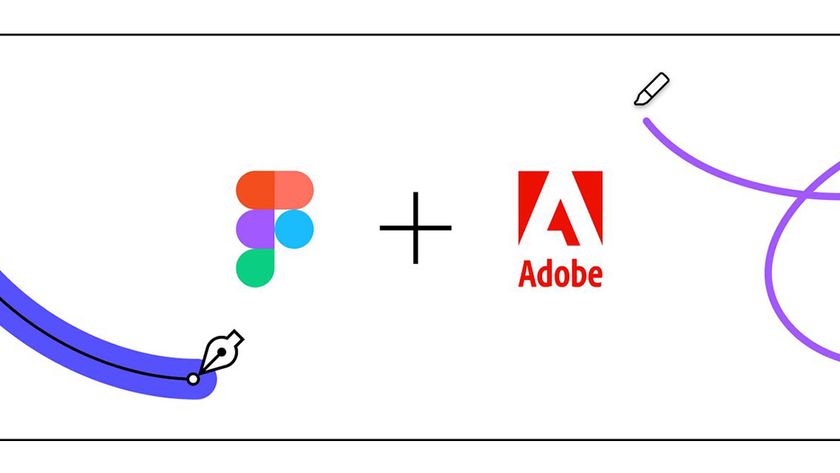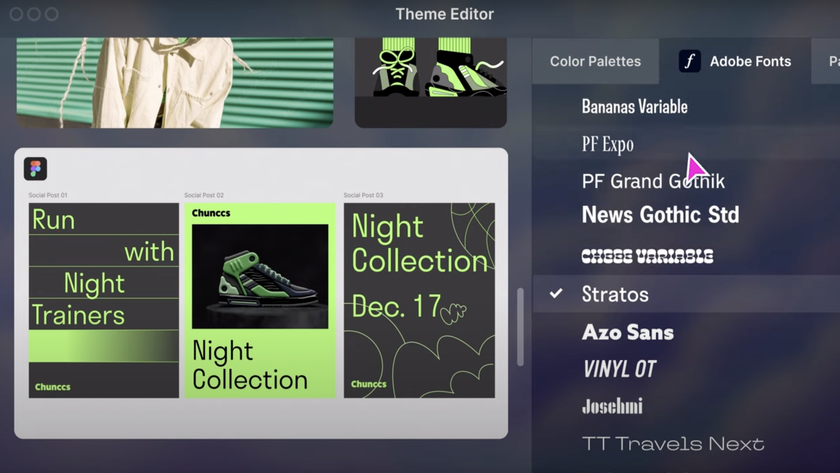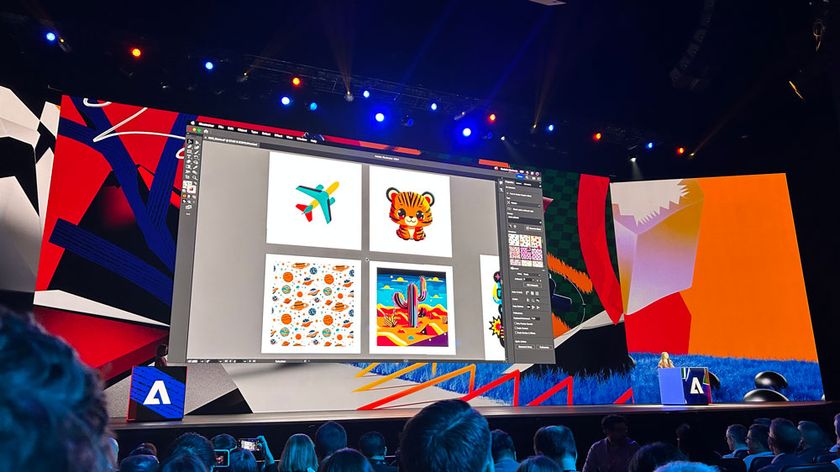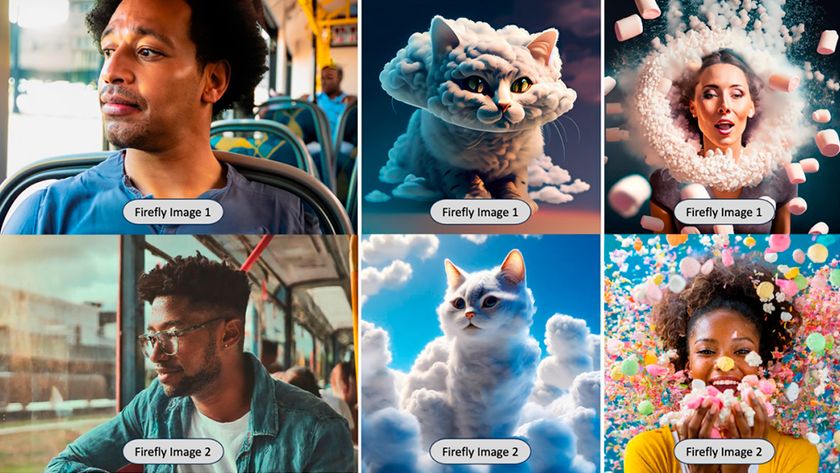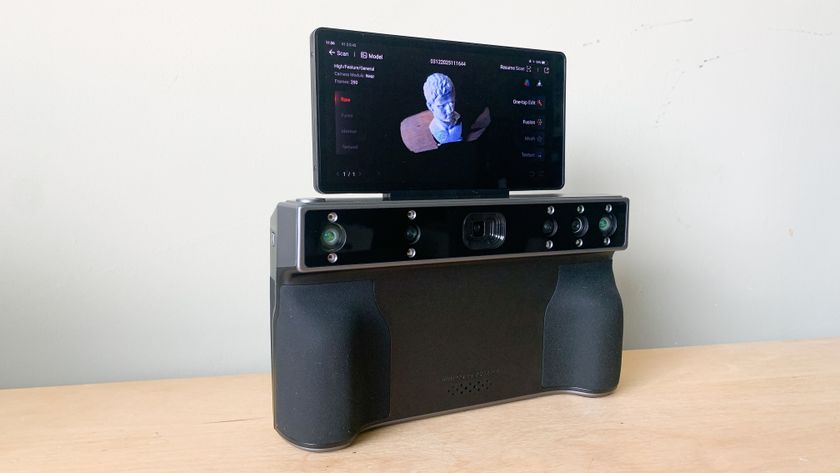Our Verdict
Whether you’re a photographer, graphic designer, illustrator, animator, motion artist – or in fact any kind of creative professional – Creative Cloud is (almost certainly) the tool of choice.
For
- A vast number of tools for creative pros
- Good value if you use them all/a lot of them
- Excellent mobile apps and services
Against
- Very expensive if you only need two or three apps
Why you can trust Creative Bloq
Adobe’s subscription model has always caused controversy amongst designers – if you use more than one app in your job (which you almost certainly will), you’ll find yourself paying at least £603 per year to use the Creative Cloud package. If you don’t fancy paying it all at once, monthly instalments start at around £50/month (if you sign up for an annual contract).
If you just fancy paying as you go (with a monthly contract) the price rises to nearly £76/month. Add Adobe Stock on an annual contract and it’s around £75 per month. This is, undoubtedly, a lot of cash.
There are advantages to a subscription model, of course. One is that you always get the latest version of the software, with regular updates to all apps. And if you’re a true multi-disciplined creative it’s actually pretty good value.
But there are significant disadvantages, too. For instance, you may not need the latest app or features in your line of work; or you may want three apps (Photoshop, Illustrator and InDesign, for instance) but not require the others. You can choose to subscribe to individual apps – starting at around £20 – but you can’t, say, pick three for a discounted price, so by the time you’ve done that you may as well subscribe to the whole lot.
Of course, you don’t have to download all the apps you own. And there’s a host of mobile apps – so you can work on the go and then get your ideas onto your desktop when you return to the studio.
Creative Cloud 2017 is more than applications. It includes a load of typefaces via TypeKit, cloud storage, the ability to create a portfolio, and a load of stock images, videos and templates with Adobe Stock. With all that in mind, let’s take a look at the apps and services in Creative Cloud, with a brief summary of what they do and how they can benefit you as a creative professional.
There are a few highly specialist tools we’ve left out – notably Prelude for video logging, Flash Builder for creating apps based around ActionScript, Story Plus – a tool for screenwriters wanting to collaborate with each other and editors, PhoneGap Build for deploying apps to multiple devices, and Scout, an SWF profiling tool. You’ll find all of the desktop apps below in the Adobe Creative Cloud app – so you can install them directly from that. For mobile apps, go to your desired app store, install and log in using your Creative Cloud credentials.
We’ve organised this review into three sections: desktop apps, mobile apps, and services. Use the drop-down menu above to navigate to the section you want.
Illustrator
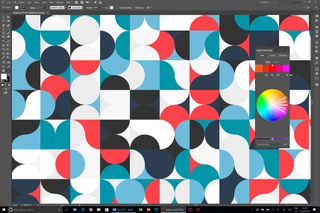
The de facto standard for vector design and illustration, Illustrator CC 2017 is an excellent iterative update. What’s new? Well, there’s a new range of templates from which you can start a project, a new Image Crop tool for better manipulation and control of placed raster images, an excellent Color Themes panel enabling you to quickly come up with colour concepts, and improved typography tools.
- Read our full Illustrator CC 2017 review
Photoshop
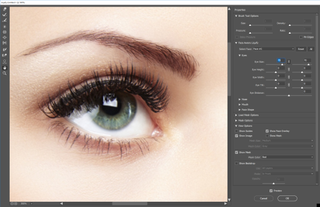
There’s no doubt Photoshop is Adobe’s killer app – used across every discipline in the creative world. The CC 2017 release brings support for the MacBook Pro’s Touch Bar, new templates – including starter files from Adobe Stock, a new search function (enabling you to search for tools, tutorials and stock directly from the Control bar), SVG font support, the addition of the Polygonal Lasso tool to the Select and Mask workspace and some tweaks to Face-Aware Liquify. It’s a relatively minor update, but seriously, there’s not much you can add to this all-encompassing imaging behemoth.
- Read our full Photoshop CC 2017 review
InDesign
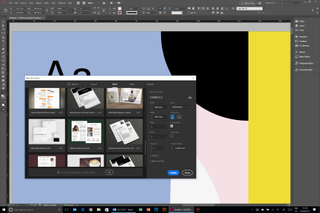
For professional publishing, it doesn’t get much better than InDesign. And CC 2017 has some neat new tools to speed up your workflow. UI improvements include a new welcome screen with all manner of presets for print, online and mobile, as well as templates from Adobe stock to get you past ‘white page syndrome’.
Elsewhere, OpenType improvements mean you can quickly apply different OpenType styles with ease, and more control over stroke widths and arrowheads gives you more precision. Still the number one for print designers.
- Read our full InDesign CC 2017 review
Experience Design (Beta)
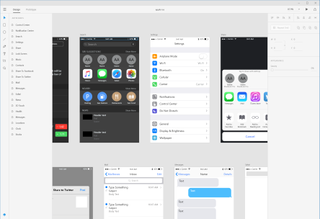
The newest tool in Adobe’s suite, Experience Design (or XD) is all about giving designers an easy way to design and prototype apps and other UIs. Simplicity is the key here, and XD gives you a number of tools – based around an Artboard approach – to quickly turn your ideas into apps.
Its clutter-free approach to layers is impressive, as is its Repeat Grid tool, enabling you to quickly place a number of images within a grid and control it with precision.
- Read our full XD CC 2017 review
After Effects
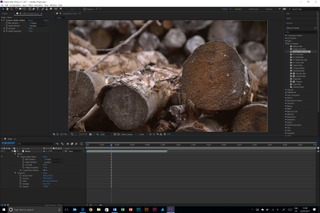
After Effects is one of the best tools for motion graphics artists and compositors there is, and the CC 2017 release adds some neat new features to improve your workflow. Better collaboration tools make it easier to work with teams on complex motion or broadcast projects; an Essential Graphics Panel makes light work of creating motion and title templates for editors; a new Cinema 4D Renderer gives more control over visualising your 3D logo work; and a Camera-Shake Deblur effect aims to remove motion blur from stabilised footage.
- Read our full After Effects CC 2017 review
Project Felix (Pre-release)
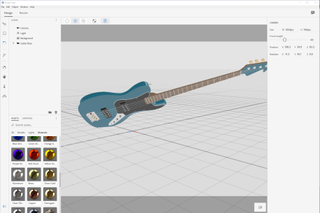
The aim of Project Felix is to take the pain out of 3D work – for mere mortal designers who don’t understand the likes of Booleans and sub-division surfaces. Made up of two basic screens – Design and Render – the application offers tools for importing and compositing 3D models into images. Some neat automated lighting tools feature, as does basic texturing functionality, and the simple UI makes it easy to get started. You’re not going to be creating complex 3D scenes, but for mockups and presentations it can save a lot of time. It is, however, a bit of a processor hog.
- Read our full Project Felix review
Premiere Pro
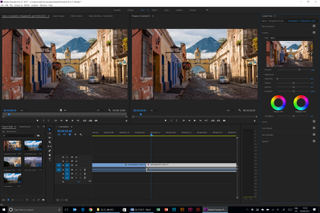
The excellent video editing tool gets even better in the CC 2017 release. This is borne out in the fantastic Essential Graphics panel – which, when combined with an After Effects workflow, gives editors the ability to quickly create titles and motion graphics; an enhanced Title tool; a raft of motion graphics templates; an Essential Sound panel that makes light work of audio mixing and editing; and support for the MacBook Pro’s Touch Bar.
Lightroom
If you’re a professional photographer, Lightroom offers you a raft of management and editing tools – with fantastic support for RAW files. Recent updates to the app include better capture tools for mobile photography, support for the latest camera and lens profiles, a Boundary Warp feature for better panoramas, improved perspective tools and the ability to sell your images to Adobe Stock directly from the app.
Dreamweaver
Beyond the redesigned (and indeed slicker and more customisable) interface, Dreamweaver offers designers and developers a number of tools to improve their web workflow. These include in-built code colouring, a redesigned code editor with enhanced code hinting, real-time previews in your browser and the ability to create email campaigns directly within the app with the Campaign extension.
Muse
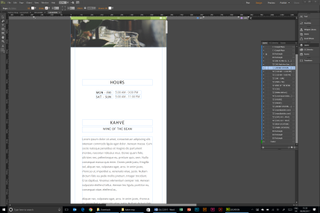
If you’re looking to create a responsive site but have no idea where to begin with code, Muse is a pretty cool app. Essentially if offers a design-led interface, generating the code in the background as you work. Start your layouts on the go in Adobe Comp CC and then turn them into fully-working HTML5 websites.
New in CC 2017 is the ability to add animations using Creative Cloud Libraries, ‘Power Zoom’ which enables you to quickly zoom into different areas of your design with ease, and the ability to share your website to clients or collaborators with a single click.
Acrobat Pro DC
Acrobat is much more than a PDF reader – it enables you to quickly create PDFs from any document or image and edit PDFs in a number of ways without messing around with original source files. Great for making a quick tweak to text and the like.
There’s also tools for combining multiple PDFs and rearranging pages, and you can digitally sign PDFs and turned scanned documents into PDFs. It’s by no means sexy... or even that interesting. But it’s extremely useful.
Animate
Remember Flash? Well, Animate is the next-gen incarnation of the tool. Of course, since the rise of HTML5, Flash Player has been in decline, so in 2015 Adobe rebranded – and reshaped – the tool to make it a cross-platform animation tool capable of exporting to a number of platforms and devices, including HTML5 Canvas and iPad/iPhone/Android. Improved sketching and keyframing tools are the highlights of the 2017 release. See our news story for all the features.
Audition
Audition CC is a tool for precisely editing audio – and the fact that it’s so integrated with Premiere Pro and Adobe’s other video and motion tools make it an excellent choice if you have a CC workflow. New to CC 2017 is a multichannel audio workflow – enabling you to separate all audio channels to unique clips automatically; an excellent visual keyboard shortcut editor for assigning and mapping shortcuts; updated audio effects; and the Essential Sound panel – giving editors with limited audio experience a toolset to create pro-quality audio.
Bridge
Managing assets within a project can be a pain, but Bridge aims to alleviate this by providing an easy-to-use yet powerful environment for cataloguing, adding metadata to, and accessing your files. In the 2017 release you can publish images directly to Adobe Stock (including RAW images); and search Adobe Stock directly from the app.
Character Animator (Beta)
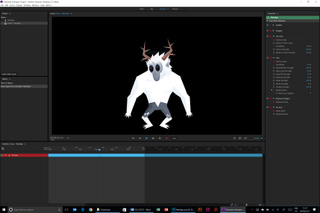
You can use Character Animator as a standalone app or within After Effects CC – but the premise is the same, the tool offering you features for bringing your characters to life in the shortest time possible. There are template puppets to add to your own creations (with the ability to share puppets across different character designs); tools for rigging; automatically creating walk cycles; and lip-syncing. You can also import your Character Animator scenes into Premiere Pro for further editing.
Media Encoder
This transcoding tool enables you to convert and output to all manner of video and audio files. New in CC 2017 is Team Projects – rather like in After Effects – where you can collaborate in real-time with other motion artists and editors. There’s also the ability to publish directly to Adobe Stock and a number of tweaks, such as the ability to stitch clips on import, to speed up your output.
Fuse (Beta)
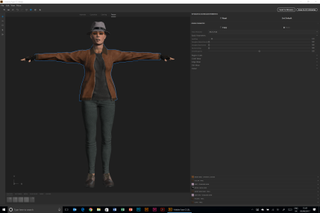
Adobe Fuse is an interesting addition to Creative Cloud – and it’s still in beta. Its premise is simple: enabling you to create 3D characters within an easy-to-use, template-driven interface. You choose one of a number of heads from a library, the same with body, clothing and so on, then you can easily pose your character. It’s rather like Poser. Once you’re done you can export your rigged character to Photoshop and pose it directly in the app using the Properties panel.
It’s not going to win you any awards for your 3D work, but it’s more aimed at mock-ups and visualisation – and for that purpose it’s a good tool to have in your arsenal. See what we thought of it when it was first announced.
InCopy
InCopy is a specialist tool for copy editors who don’t need the power or design functionality of InDesign. It gives a simple interface for fitting copy, styling text, and enables you to make minor image adjustments – and you can work on a doc at the same time as a designer without overwriting changes.
SpeedGrade
SpeedGrade is a colour correction and grading tool for video professionals. One of the best new features is the Shot Matcher, taking the pain out of matching the look of two different clips (something you previously had to do manually). There’s also some pretty hardcore scope tools – one for grading professionals only.
- Subscribe to Adobe Creative Cloud 2017
Next page: Creative cloud mobile apps and services

Thank you for reading 5 articles this month* Join now for unlimited access
Enjoy your first month for just £1 / $1 / €1
*Read 5 free articles per month without a subscription

Join now for unlimited access
Try first month for just £1 / $1 / €1
out of 10
Whether you’re a photographer, graphic designer, illustrator, animator, motion artist – or in fact any kind of creative professional – Creative Cloud is (almost certainly) the tool of choice.
Rob is editorial, graphic design and publishing lead at Transport for London. He previously worked at Future Publishing over the course of several years, where he launched digital art magazine, ImagineFX; and edited graphic design magazine Computer Arts, as well as the Computer Arts Projects series, and was also editor of technology magazine, T3.
